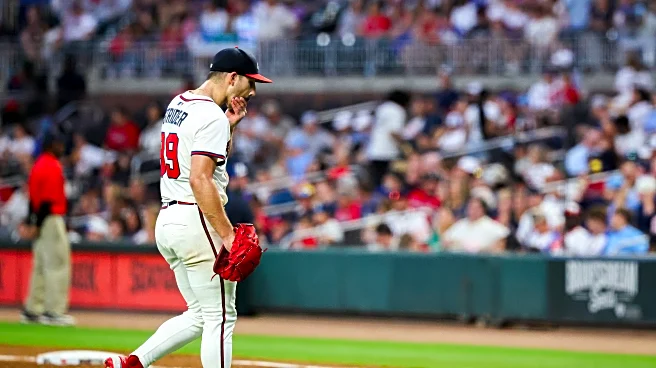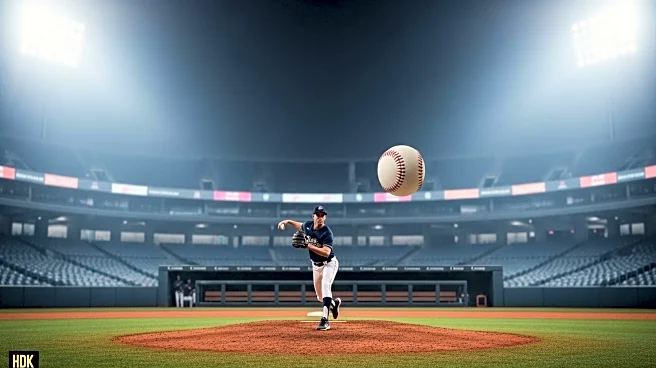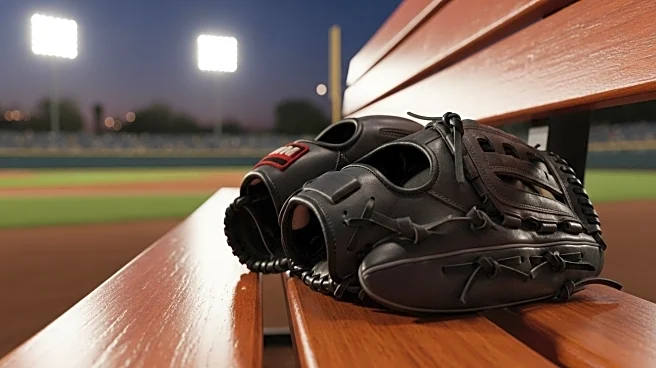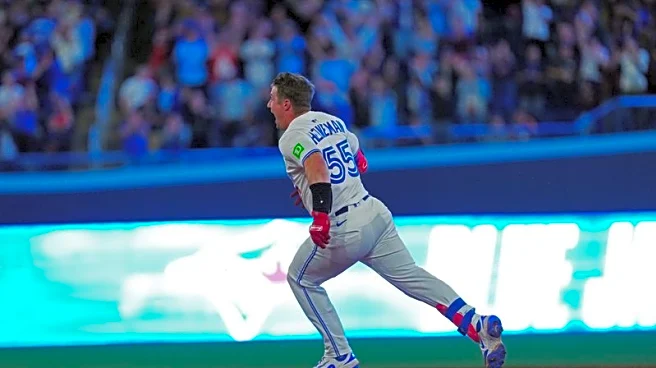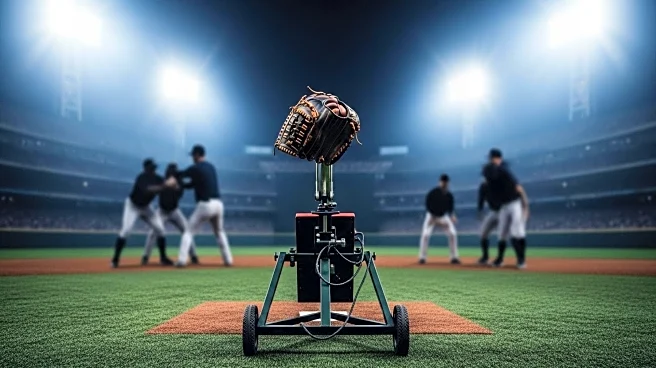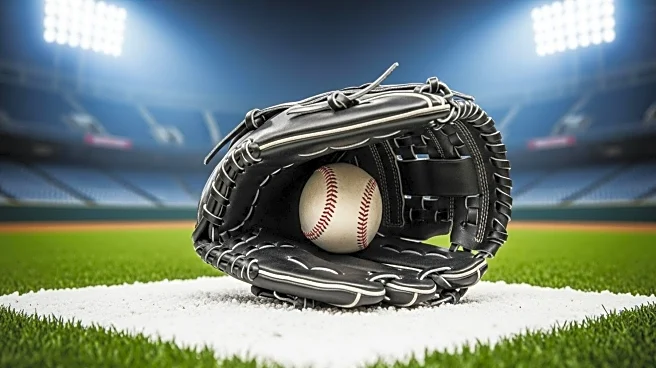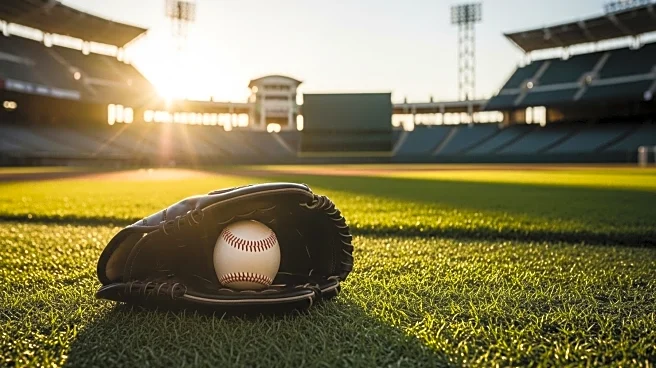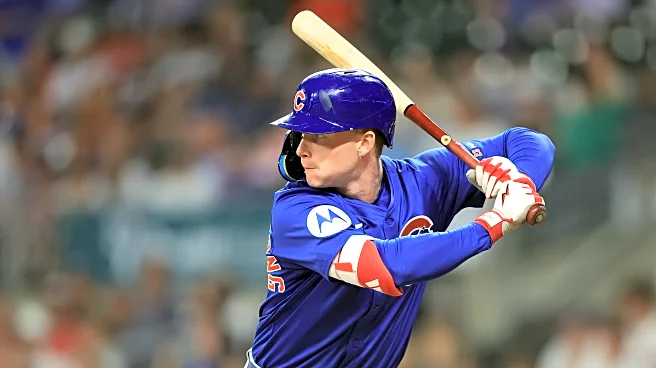
In 2023, Spencer Strider was the ace of an elite rotation for the Atlanta Braves. He was fourth in Cy Young voting while leading the league in strikeouts, FIP, wins, and carried an otherworldly 4.84 strikeout to walk ratio.
His success came to a screeching halt on his second start of the 2024 season on April fifth when he exited early and it was learned that he had a torn UCL and bone spur. On April twelfth of 2024 he underwent internal brace surgery which meant he was out for the remainder of the year.
He made his return on April sixteenth this season in which he had a solid enough start. He gave up two earned runs on five hits (one HR) and recorded five strikeouts to only one walk in 5.0 innings pitched. Unfortunately, while playing catch on April twenty-first, he strained his hamstring and had to return to the IL and did not come back until May nineteenth where he has been able to avoid the IL since then.
In his four starts upon returning, he struggled. He averaged 5.0 IP, while allowing 1.0 HR per outing. He had three HBP in that span and walked ten to only nineteen strikeouts. This resulted in a 5.85 ERA and 5.77 FIP.
After those four starts it appeared that he had shaken off the rust and started to get into a groove.
In his next nine starts he averaged just under six innings per start, while only allowing 0.6 HRs on average. During this span he averaged 7.6 strikeouts per appearance while walking 2.3. He only hit two batters in this nine-game stretch. This resulted in a much better ERA of 2.91 and FIP of 3.08. His command was clearly better, and his strikeouts were back. He also limited the HR much better.
His last four starts have not been the same story as the previous nine before that. He looked great against Miami in his last start but the three before that he would like to forget. Even if we include the Miami game his numbers look like he may be fatigued. In the month of August (four starts) he has only averaged 4.6 innings per start. He gave up 1.8 HRs per game only struck out thirteen to only thirteen strikeouts. His ERA in these four starts was 10.13 and his FIP was 7.72.
On the year, Strider has a 4.97 ERA, 4.78 FIP, 1.391 WHIP, has allowed 8.9 hits per nine innings, 1.6 HR per nine innings, and has a 2.76 strikeout to walk ratio. For reference, his career numbers are a 3.80 ERA, 3.02 FIP, 1.141 WHIP, 7.2 hits per nine innings, and a 4.08 strikeout to walk ratio.
Ups and downs deep dive
Spencer Strider has clearly had some ups and downs this season. If we do a rolling expected weighted On Base Average (xwOBA) by month we can see that his underlying metrics track pretty closely to his on-field results. Basically, there was not a ton of luck involved, whether for or against. From a high level xwOBA is a good metric to look at help dig deeper into trends of a player.
(insert xwOBAmonth)

We can dig a little deeper and try and see at a more granular level what caused the ups and downs. Normally, it is relatively easy to pinpoint a single pitch or something similar to see what is happening. However, this season with Strider it almost seems like when he is on, he is on, and when he is off, he is off. If we look at his two most used pitches, the xwOBA trends follow both his fastball and slider almost exactly the same. It is a bizarre scenario to witness.
(insert SSfbSL)

Strider does throw a curve and a changeup, but he pitches his fastball and slider a combined 89.4 percent of the time, so his success depends a lot on the effectiveness of those two pitches. It is not odd to see that when he does not do well with them, he struggles, but to see both pitches having an almost identical monthly trend in overall xwOBA is interesting to say the least.
One of the interesting parts is that both pitches took different paths to get to their closely aligned xwOBA trends.
In June and July, hitters were struggling to get hard hits. They had a 26.3 percent rate and 39.1 percent rate respectively against his slider. At the opposite ends of his season thus far we can see that hitters mashed his slider. In May hitters destroyed his slider at a 75.0 percent hard hit rate and are doing it again at 61.8 percent of the time in August. Part of this is likely due to June and July having his best chase rates against his slider. Massive shifts in hard hit rate has not been the case for his fastball. The hard-hit rate has been relatively close to the same all season long.
The main area that seems to be the driving factor of his fastball having the ups and downs is hitters swinging and missing inside of the strike zone. If you don’t count his one start in April, June and July saw his best rate of hitters swinging and missing at his fastball inside the strike zone at 15.7 and 13.6 respectively. In May it was 11.1 percent and in August it was way down to 8.2.

It could likely go without saying that the above swinging and missing in the strike zone trends go hand in hand with his edge percentage. June and July have been his best two months at keeping his fastballs on the edge of the strike zone at 51.0 percent and 49.4 percent respectively. May was 44.4 percent, and August has been 41.5 percent.
Summary
Spencer Strider lives and dies on his fastball and slider combo. If he can hit the edges with his fastball consistently, we will likely see positive results. If he can get hitters to chase his slider consistently (which seems to directly influence hard-hit rates), then we will see positive results. When he struggles in these areas, his overall on-field output struggles. When he excels, so do his on-field results.
